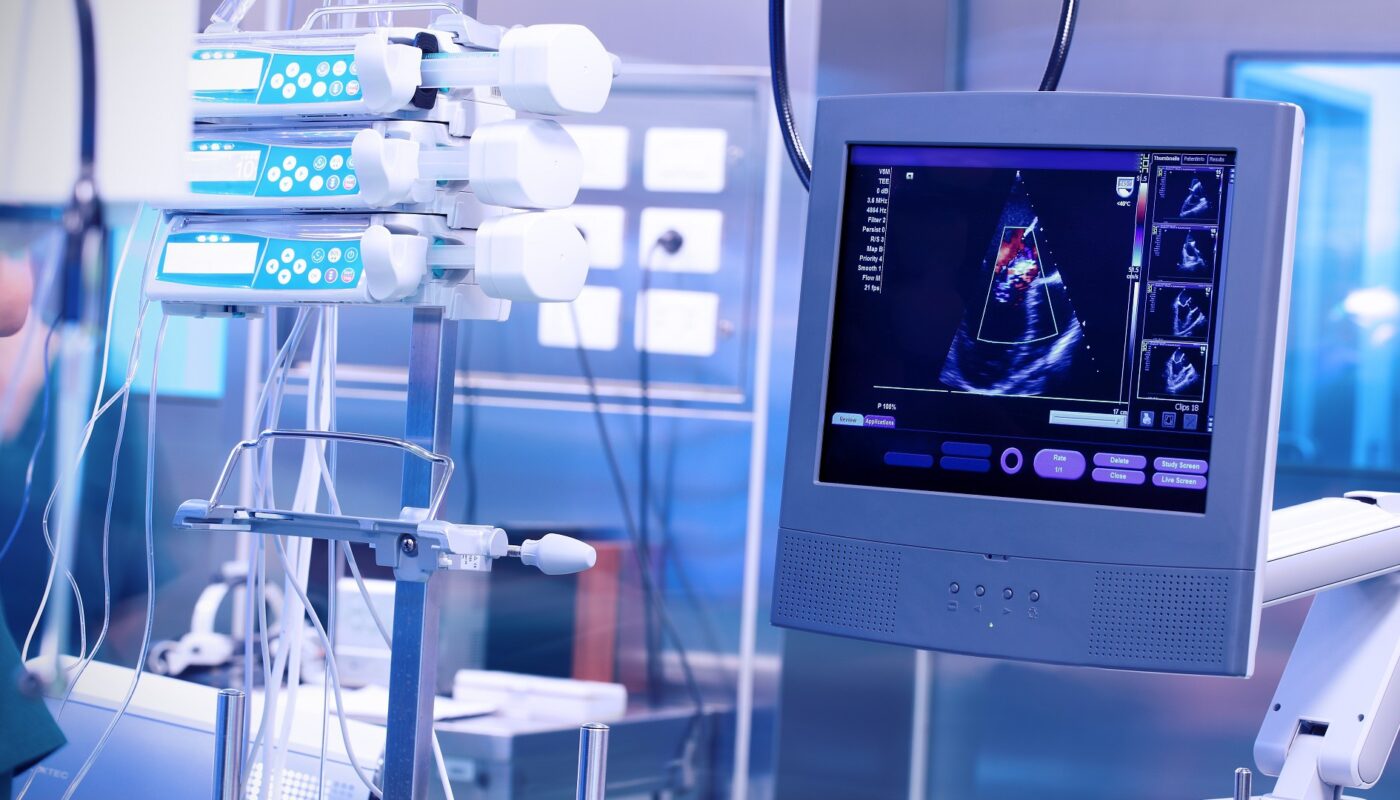What is Medical Device Vigilance?
Medical device vigilance refers to the activities that are undertaken to monitor the safety of medical devices once they are placed on the market and are in use. The main goal of medical device vigilance is to identify, evaluate, understand and prevent any issues related to the use or malfunctioning of medical devices which may have an adverse impact on patient health, safety or wellbeing. It helps guarantee the safety and performance of medical devices through continuous monitoring and reporting of issues.
The Vigilance Process
Medical Device Vigilance involves establishing robust systems for collection, investigation, evaluation and reporting of incidents and adverse events related to medical devices. Manufacturers are responsible for establishing post-market surveillance systems to collect reports from healthcare facilities as well as directly from patients. They are also expected to provide tools and training to users on reporting incidents.
Once an incident report is received, the manufacturer evaluates it to understand the root cause of the issue. They check the device history, product specification, occurrence details etc. to categorize the incident based on its severity and implications on patient safety. Regulatory agencies like the FDA may also be notified in case of serious public health threats. Recurring issues are investigated more thoroughly using field corrective actions like product recalls. The learnings help manufacturers make necessary design or labelling changes to address the risks.
Role of Regulatory Authorities
Regulatory bodies like the FDA and EU’s MHRA play a key role in medical device vigilance. They oversee the vigilance operations of manufacturers and hold them accountable for non-compliances. Authorities conduct periodic audits of manufacturers’ vigilance systems and processes. They review the vigilance reports submitted by companies related to adverse incidents and field safety corrective actions. Serious public health issues may warrant regulatory investigations or enforcement actions. Regulations lay down clear guidelines and timelines for reporting duties that aim to expedite corrective measures to protect patients.
Reporting from Healthcare Facilities
Healthcare facilities that purchase medical devices are at the frontline of vigilance. Clinicians and other staff can report issues like device malfunctions, inaccurate readings or unexpected adverse reactions to the manufacturing company or directly to regulatory bodies. Timely incident reporting helps identify risks before they escalate into major failures. Hospitals need to have documented standard operating procedures in place for reporting, tracking and investigating vigilance cases involving the devices in their care. Staff training on reporting protocols is crucial to drive vigilance from the ground level.
Role of Patients
Patients play an important role in medical device vigilance by reporting any adverse experiences, side effects or performance issues with the devices used in their treatment. With growing health awareness, patients are more proactive in highlighting problems. Manufacturers have developed various digital and non-digital channels for patients to flag issues, which helps establish direct vigilance reporting. However, patients should report incidences through authorized avenues to facilitate accurate investigations by the manufacturers. Unverified social media complaints may not always lead to timely corrective actions and resolution of risks.
Importance of Good Vigilance Practice
Robust medical device vigilance is crucial to ensure continued trust in healthcare technologies and drive innovation. It helps maximize the benefits of devices while minimizing potential risks. Good vigilance practice involves early detection of issues through comprehensive reporting structures, thorough root cause analysis, transparent communication and corrective actions to upgrade safety standards proactively. The onus lies with all stakeholders including manufacturers, healthcare facilities and patients to work together within established vigilance frameworks. This collective effort helps maintain oversight of marketed medical devices and protect users from undue harm – a key mandate of any healthcare system.
Data Analytics for Advanced Vigilance
With the digitization of healthcare, medical device manufacturers are leveraging technologies like data analytics, AI and cloud computing for advanced vigilance. Data from interconnected devices, EMR systems and clinical workflows are mined for patterns to predict potential risks even before adverse events occur. Predictive algorithms can flag early signals based on real-world usage trends. Cloud infrastructure facilitates centralized collection and analysis of big datasets from diverse geographic sources for more insightful risk detection. These technologies have the potential to help transition medical device vigilance from a reactive to proactive model – further strengthening oversight of device performance and patient safety outcomes.
Medical device vigilance plays a vital role in protecting public health by ensuring the continuous monitoring of medical technologies post marketing approval and commercial use. It relies on coordination between various stakeholders for collection and evaluation of performance data from devices in clinical settings. Advanced analytics is paving the way for more predictive and risk-mitigating approaches. With manufacturers, regulators, healthcare providers and patients working collaboratively, vigilance efforts can maximise the safe use of innovative medical devices to improve patient care.
*Note:
1. Source: Coherent Market Insights, Public sources, Desk research
2. We have leveraged AI tools to mine information and compile it




